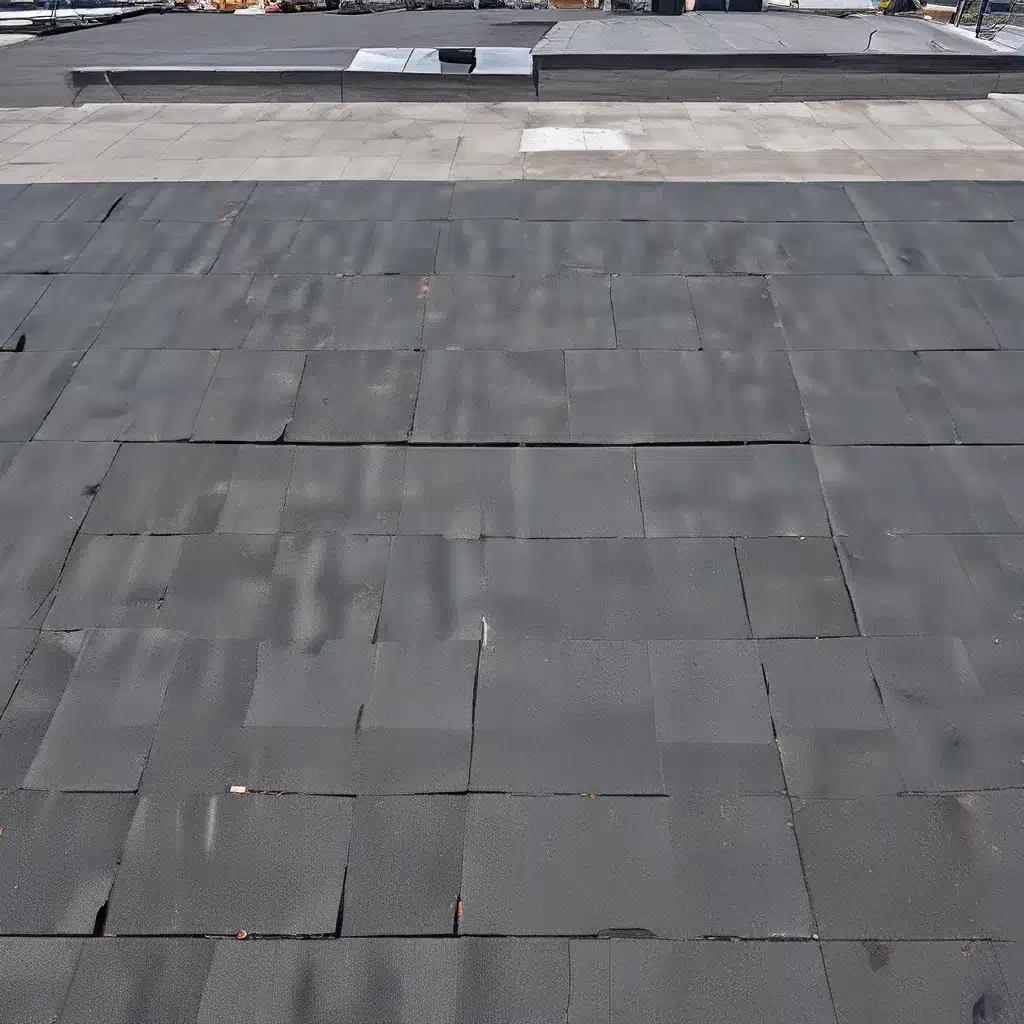
As a business owner, you understand the importance of maintaining your commercial property. One of the most critical components of your building is the roof – it protects your valuable assets, keeps your employees and customers comfortable, and contributes to the overall aesthetic of your facility. But let’s face it, roofing isn’t exactly the most glamorous topic.
Uncovering the Secrets to a Longer-Lasting Roof
I’ve learned that neglected roof maintenance and inappropriate user handling are the most common culprits for shortened roofing lifespans. It’s easy for us busy business owners to overlook the condition of our roofs, but that can lead to some nasty (and costly) surprises down the line.
Think about it – your roof is literally the first line of defense against the elements. It’s out there battling the sun, rain, snow, and wind day in and day out. And if you’re not keeping a close eye on it, small issues can quickly spiral out of control. That’s why I make it a priority to stay on top of roof maintenance and ensure my commercial roof is performing at its best.
Choosing the Right Roofing System for Your Needs
Before we dive into the maintenance strategies, let’s talk about selecting the right roofing system for your building. As I mentioned, not all roofing materials are created equal. You need to carefully consider factors like your local climate, the intended use of your facility, and your long-term sustainability goals.
For example, EPDM roofing is a popular choice for its versatility and durability, offering a lifespan of 30-40 years with proper care. TPO single-ply roofing is another great option, boasting excellent energy efficiency and UV resistance – perfect for manufacturing and industrial settings. And for buildings in extremely low-temperature climates, SBS Roofing Systems are a smart bet.
Ultimately, the right roofing system will depend on your unique needs. I’d recommend working with a qualified design professional to explore your options and find the perfect fit for your commercial property. And don’t forget to consider the warranty – that can give you valuable peace of mind and guidelines for maintaining your roof.
Proactive Maintenance: The Key to a Longer-Lasting Roof
Now, let’s talk about the strategies I use to maximize the lifespan of my commercial roof. The single most cost-effective approach is to adopt a proactive, preventive maintenance mindset. This means regularly scheduled inspections and addressing any issues before they have a chance to snowball.
The National Roofing Contractors Association (NRCA) recommends semi-annual roof inspections – one in the spring and one in the fall. During these checkups, a professional contractor can identify and address problems like clogged drains, physical damage, or concerning conditions that could lead to bigger headaches down the road.
Even something as simple as routine cleaning of drains and gutters can go a long way in preventing water drainage issues and potential roof damage. And in snowy climates, snow removal may be necessary to protect the structural integrity of your roof.
When repairs are needed, whether due to physical damage, storm events, or regular maintenance activities, it’s crucial to address them promptly. Ignoring small problems is a surefire way to end up with a costly full roof replacement down the line. I always make sure to stay on top of any necessary repairs and follow the guidelines set forth in my manufacturer’s warranty.
Minimizing Roof Traffic and Protecting the Surface
One often overlooked aspect of commercial roof maintenance is limiting foot traffic. Excessive use can lead to unnecessary wear and tear, so I make sure to restrict access to only the professionals who are servicing the roof or equipment. And when people do need to go up there, I have them use designated walkways and protective mats to minimize the impact.
Keeping an eye on overhanging tree branches is another easy way to protect your roof. Those pesky limbs can cause serious damage if they fall, and they also make it a pain to keep the roof clear of leaves, nuts, and other debris.
Staying Vigilant and Cultivating a Culture of Accountability
Finally, I believe that maintaining a detailed roof log is essential for ensuring proper care and identifying potential issues before they become major problems. Anytime someone goes up on the roof, I require them to take photos of the area before they leave. This creates a visual record that can be referenced if something comes up down the line.
Filling out that log also helps promote accountability and mindfulness among the people who access the roof. When they know they have to document their activities, they tend to be more cautious and attentive to any concerns.
Wrapping Up: An Ounce of Prevention is Worth a Pound of Cure
At the end of the day, investing in proactive commercial roof maintenance is always going to be more cost-effective than dealing with emergency repairs or an early replacement. By staying on top of inspections, addressing issues promptly, and minimizing roof traffic, I’ve been able to maximize the lifespan of my building’s roofing system.
Sure, it takes a bit of extra effort, but the peace of mind and long-term savings make it well worth it. And who knows, maybe one day I’ll even be able to brag about my 40-year-old roof!
If you’re ready to take a more proactive approach to your commercial roof maintenance, I’d encourage you to reach out to the experts at Southern Roofing. They can help you develop a customized plan to keep your roof in tip-top shape for years to come.